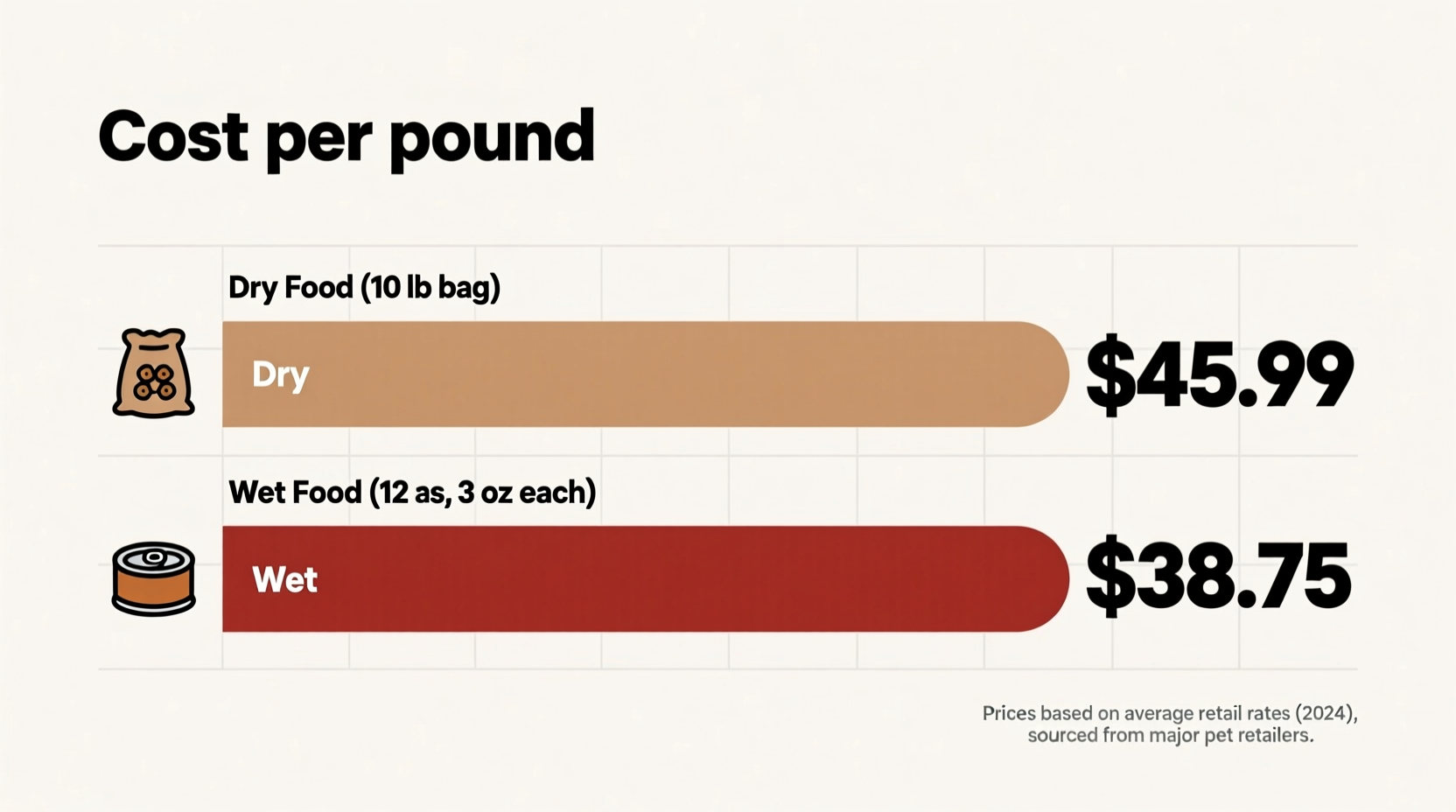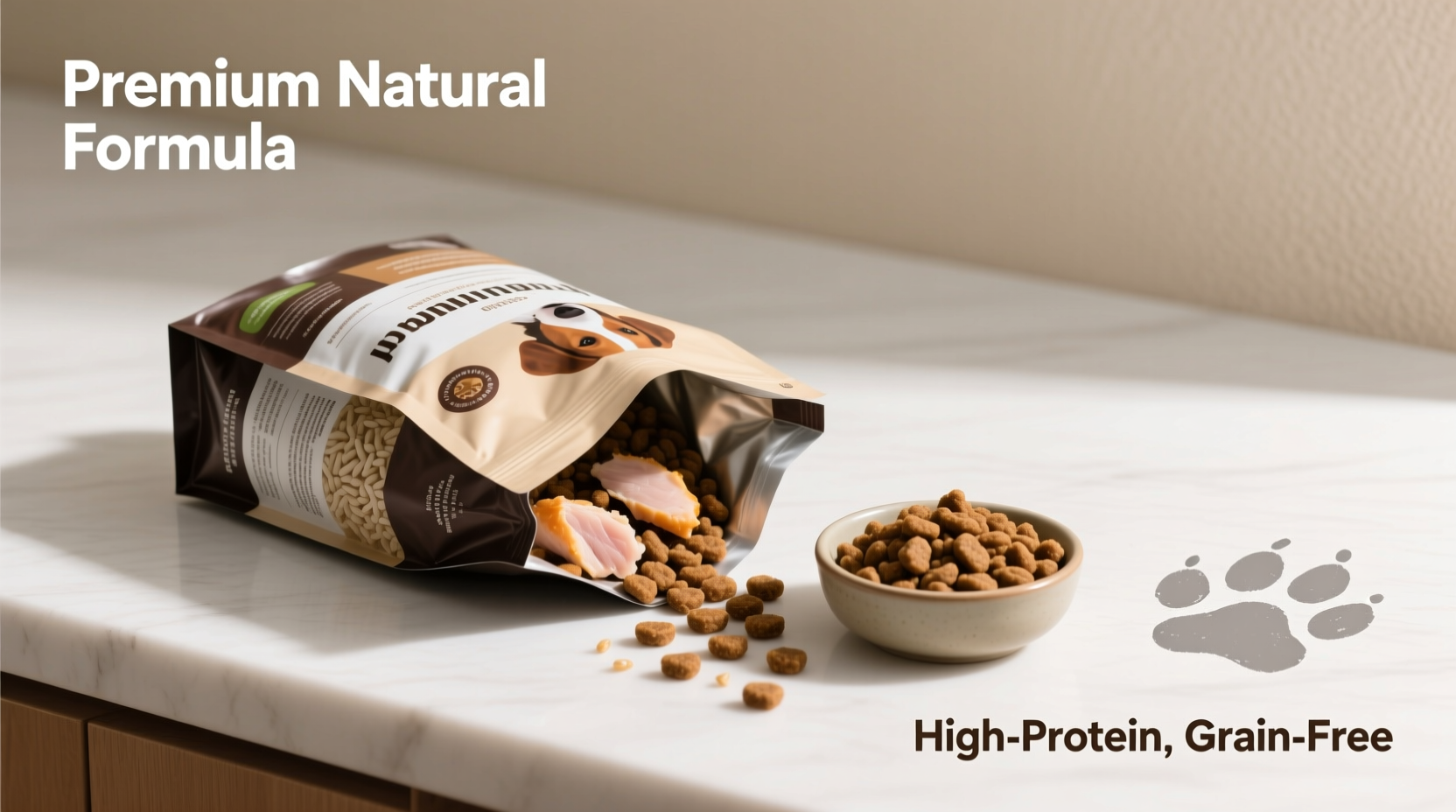On average, dog food costs between $10-$100 per bag or case, with most pet owners spending $20-$50 monthly. Premium brands typically cost 30-50% more than standard options, while prescription diets can exceed $100 monthly. Your actual cost depends on your dog's size, food type, brand quality, and where you shop.
Understanding Dog Food Pricing: What You're Really Paying For
When budgeting for your canine companion, understanding dog food costs goes beyond the price tag. The American Pet Products Association reports that U.S. pet owners spent approximately $47.7 billion on pet food in 2023, with dog food representing the largest segment. But how much should you expect to pay?
Key Factors That Determine Dog Food Costs
Several elements influence how much you'll pay for dog food, making "how much is dog food" a more complex question than it appears.
Dog Size and Life Stage Requirements
Your dog's nutritional needs directly impact feeding costs. Larger breeds consume more food, while puppies and senior dogs often require specialized formulas. According to veterinary nutritionists at the American Veterinary Medical Association, a 50-pound adult dog typically eats 2-3 cups of dry food daily, costing approximately $0.80-$1.50 per day depending on brand quality.
Food Type and Quality Tier
Dog food comes in distinct quality tiers with corresponding price points:
| Food Type | Price Range (per pound) | Monthly Cost (50lb dog) | Key Characteristics |
|---|---|---|---|
| Economy Brands | $1.00-$1.75 | $25-$35 | Basic nutrition, higher filler content |
| Standard Premium | $1.75-$2.75 | $35-$50 | Better protein sources, added vitamins |
| High-End Premium | $2.75-$4.00 | $50-$75 | Human-grade ingredients, specialty formulas |
| Veterinary Prescription | $4.00-$6.00+ | $75-$120+ | Therapeutic diets, requires vet approval |
Wet vs. Dry Food Cost Comparison
Wet food generally costs more per calorie than dry kibble. The Pet Food Institute reports that premium wet food costs approximately $2.50-$4.00 per pound compared to $1.50-$3.00 for premium dry food. However, wet food provides additional hydration benefits that may reduce veterinary costs long-term.

Dog Food Price Evolution: What Historical Data Reveals
Understanding how dog food prices have changed helps predict future costs. Over the past decade, premium dog food prices have increased at approximately 3-4% annually, slightly above general inflation rates. This trend reflects rising ingredient costs and increased demand for higher-quality formulations.
According to USDA economic research, the most significant price jumps occurred during:
- 2020-2021: 8-12% increase due to pandemic supply chain disruptions
- 2022: 6-9% increase from global grain shortages
- 2023: 3-5% stabilization as supply chains recovered
Creating Your Personal Dog Food Budget
Instead of asking "how much is dog food," focus on creating a sustainable feeding budget based on your specific situation.
Monthly Cost Calculation Method
Use this formula to estimate your actual costs:
- Determine daily food requirement (check bag feeding guidelines)
- Multiply by days in month (30)
- Divide by bag size to determine bags needed
- Multiply by price per bag
Example: A 30-pound dog eating 2.5 cups daily of premium dry food (4 cups per pound):
2.5 cups x 30 days = 75 cups monthly
75 cups ÷ 4 = 18.75 pounds monthly
18.75 pounds ÷ 24-pound bag = 0.78 bags
0.78 x $45 = $35.10 monthly
Budget-Friendly Strategies That Don't Compromise Quality
Smart shopping approaches can reduce costs without sacrificing nutrition:
- Buy in bulk strategically: Only purchase quantities your dog will consume within 6-8 weeks to maintain freshness
- Subscribe and save: Many retailers offer 5-15% discounts for automatic deliveries
- Compare cost per calorie: Premium foods often require smaller portions, potentially saving money long-term
- Check for manufacturer rebates: Brands frequently offer mail-in rebates or digital coupons
When Price Shouldn't Be Your Primary Factor
Certain situations warrant prioritizing nutritional needs over cost:
- Allergies or sensitivities: Specialty formulas may prevent costly veterinary bills
- Puppies and seniors: Proper nutrition during critical life stages affects long-term health
- Medical conditions: Prescription diets often prove more cost-effective than treating complications
The Association of American Feed Control Officials (AAFCO) emphasizes that nutritionally complete dog food must meet specific nutrient profiles regardless of price point. Always verify that any food carries the AAFCO statement of nutritional adequacy.
Avoiding Costly Mistakes When Buying Dog Food
Common pitfalls that increase your overall feeding expenses:
- Overfeeding: 53% of dogs are overweight, increasing food consumption and health risks
- Frequent switching: Changing foods too often can cause digestive issues requiring veterinary care
- Ignoring expiration dates: Stale food loses nutritional value, requiring larger portions for same benefit
- Not storing properly: Exposure to air and moisture degrades food quality faster
Long-Term Cost Considerations
When evaluating how much dog food costs, consider these often-overlooked factors:
- Veterinary savings: Higher-quality food may reduce digestive issues and related vet visits
- Waste reduction: Premium foods often have higher digestibility, meaning less waste
- Storage costs: Buying in bulk requires proper containers to maintain freshness
- Time investment: Cheaper foods may require more frequent vet visits or managing health issues
Final Cost Assessment: Finding Your Sweet Spot
The right dog food investment balances quality and affordability for your specific situation. Most veterinary nutritionists recommend allocating 1.5-2.5% of your dog's estimated lifetime care costs to nutrition. For a medium-sized dog with a 12-year lifespan, this translates to approximately $1,500-$2,500 total spent on food.
Remember that the least expensive option often becomes the most costly when health complications arise. Consult your veterinarian to determine the appropriate nutritional tier for your dog's specific needs rather than making decisions based solely on price.











 浙公网安备
33010002000092号
浙公网安备
33010002000092号 浙B2-20120091-4
浙B2-20120091-4